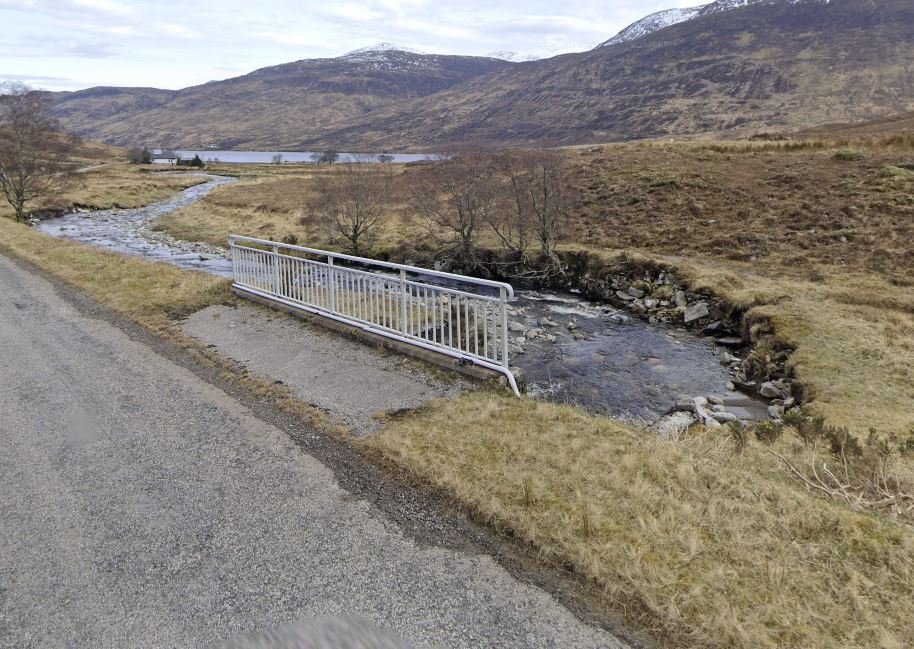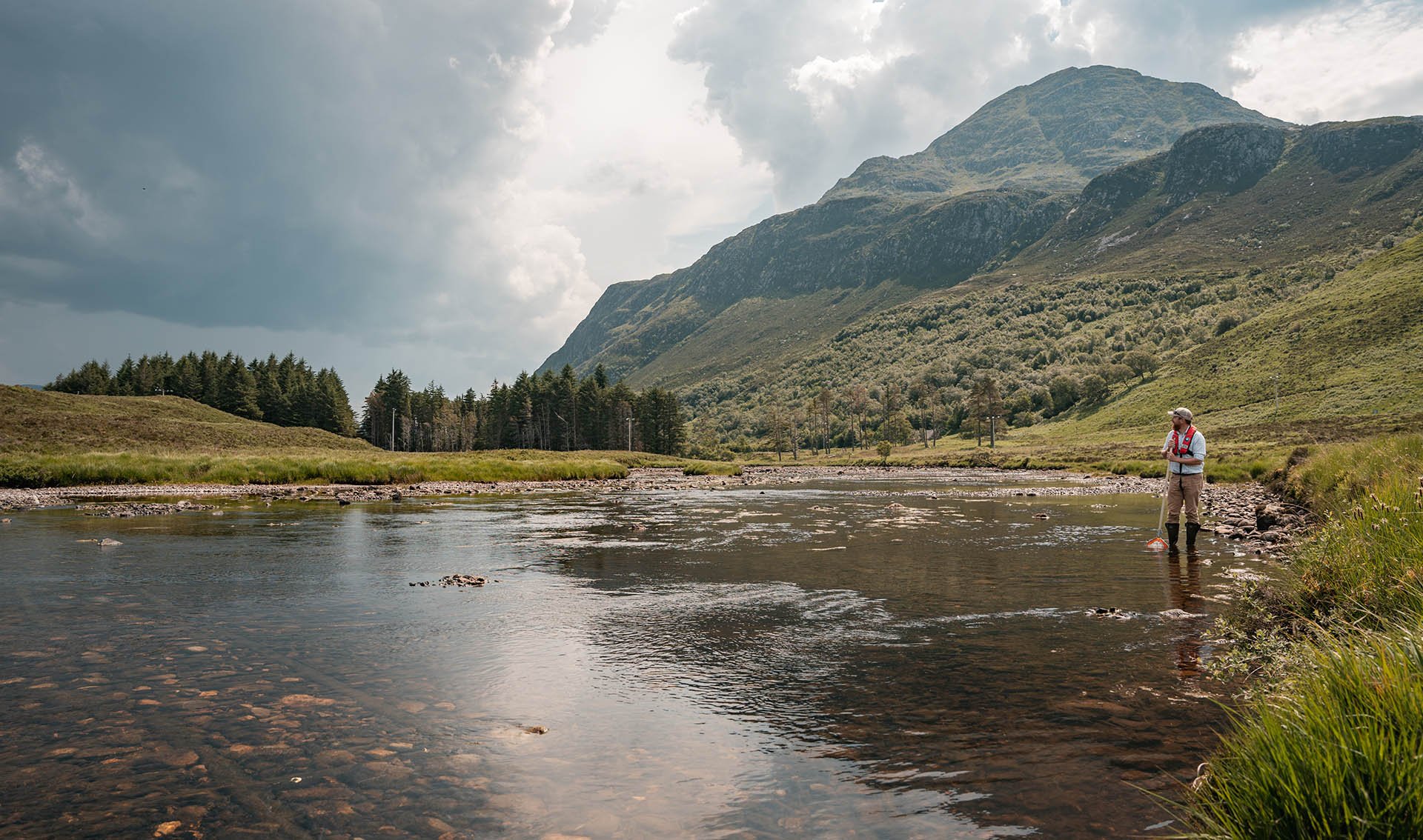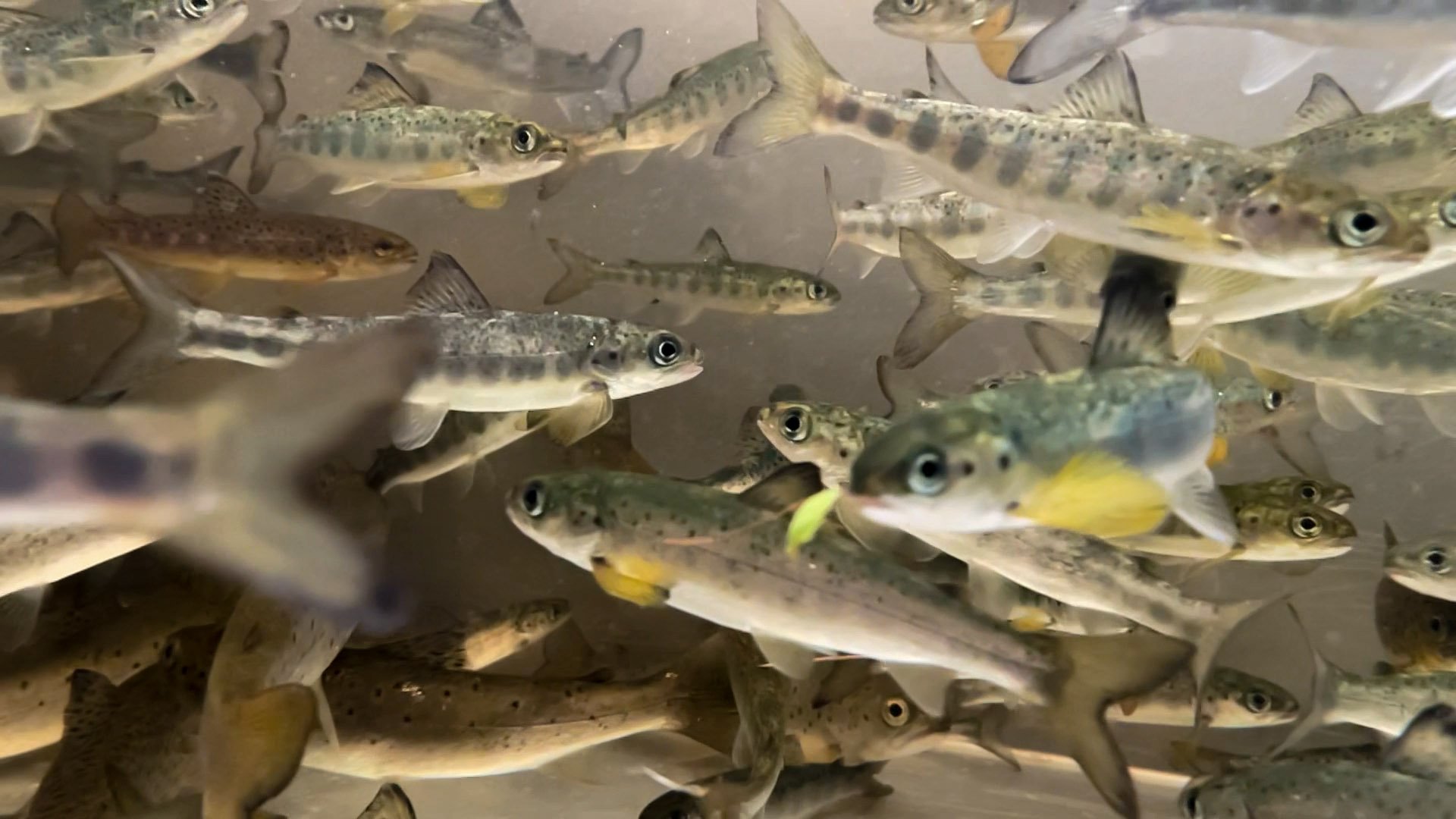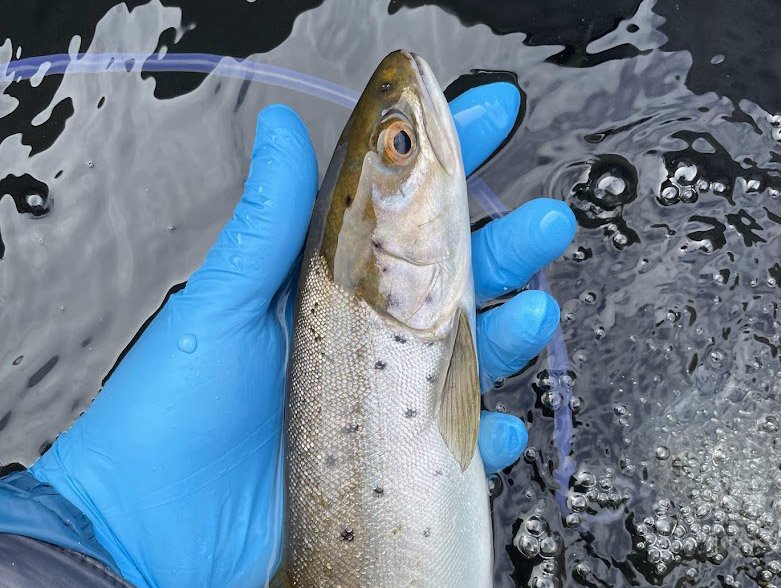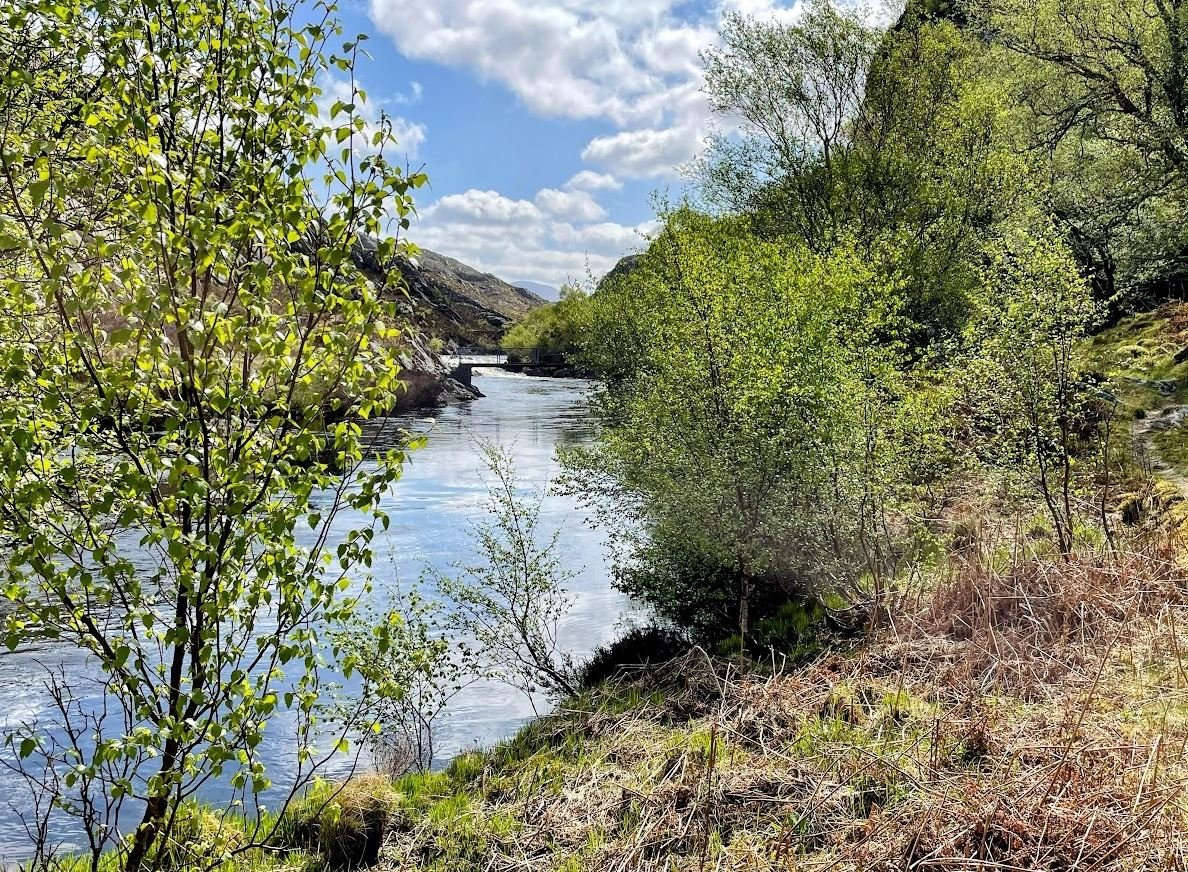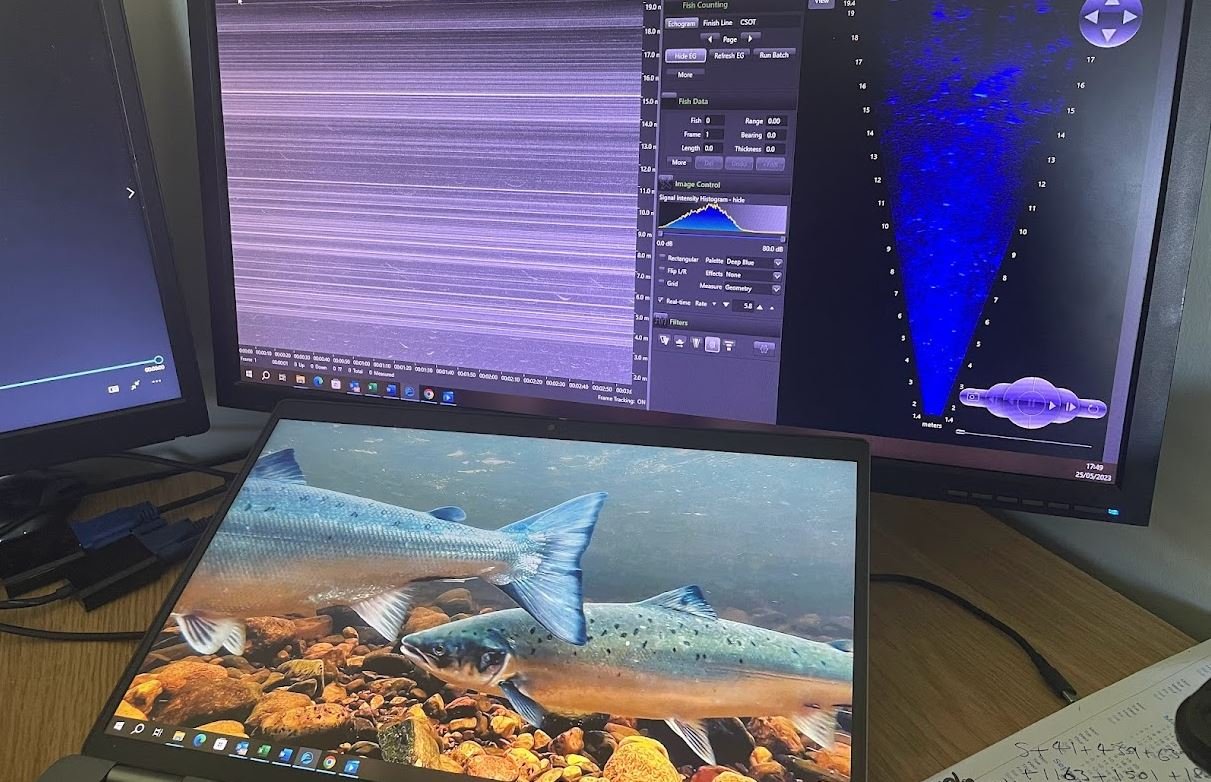While the wild Atlantic salmon is the focus of this initiative, no single species can be managed in isolation. The health of our salmon populations is heavily influenced by processes taking place throughout the wider catchment.
By taking an ecosystem approach to wild Atlantic salmon and sea trout restoration, naturalising and balancing their environment, it will benefit not only the fish, but also enhance wider biodiversity across the catchment. This approach will require us to address the complex set of relationships and interdependencies in the riverside areas and throughout the wider landscape.
Informed by detailed habitat restorations plans, continually assessing the impact of any interventions and in keeping with environmental designations. Our restoration strategy is focussed on four key interventions.
Reducing grazing pressure
Woodland regeneration is limited by deer grazing pressure. The deer eat and trample young trees and other vegetation, stopping them from growing and impacting the wider habitat.
Enhanced and evidence based deer management across the Laxford catchment area will allow us to establish sustainable deer densities.
The resulting reduction in grazing pressure will allow catchment wide biodiversity benefits to be realised.
Restoring native riparian woodlands
The key to restoring the habitat within the Laxford catchment will be re-establishing native riparian woodland. We’re aiming to plant up to a million trees near to rivers, burns and streams. In the longer-term, natural regeneration will occur across a wide range of habitat types within new restoration enclosures.
Our riparian woodland and habitat restoration plans are centred on three large enclosures, areas which will be fenced off across the catchment, covering a total area of over 25km2 – approximately a quarter of the entire catchment.
Over a period of about 50 years, the woodland and wider habitats within these protected areas will naturally recover as deer grazing pressure is removed. This will enhance biodiversity across the catchment, benefiting a wide range of species and habitats including breeding birds, blanket bog, sub-alpine heaths and montane acid grasslands.
